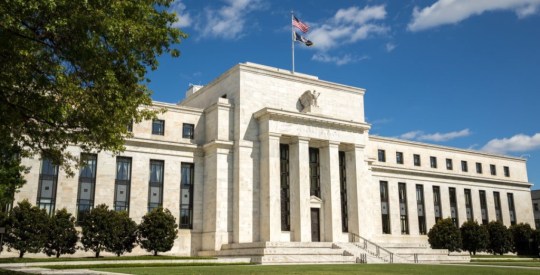The international update to capital requirements, known as Basel 3, will help maintain the integrity of banks during future downturns. After all, similar domestic requirements helped Canadian banks stay liquid over the past few years, according to the head of the Bank of Canada. By remaining conservative in the securitization sector, with little market share for the private-label market, meant that Canada “continued to function well during the crisis,” according to a speech by Mark Carney, governor of the Bank of Canada. Carney made the comments at the International Center for Monetary and Banking Studies, in Geneva, this week. “Canadian banks were required to meet supervisory targets for the level and quality of capital, which more than exceeded international minimums,” he said. “Canadian capital requirements were set at 7% and 10% for Tier 1 and total capital ratios instead of the 4% and 8% prescribed in the (then applicable) Basel 2 capital accords.” “As a supplement to Basel 2, (Canadian Banks) were required to ensure that the ratio of total assets to total capital reached no more than 20 times,” he added. Carney said that leading up to the crisis, the principal-agent problems that developed in originate-to-distribute models were absent in Canada. Banks retained underwriting risks because with Canadian securitizations mortgages remained on the balance sheet. “Banks obtained natural geographic diversification of their loan portfolios through their nationwide branch system, which eliminated one motivation for securitization.” “Only about 30% of mortgages in Canada are securitized. Moreover, securitization in Canada is dominated by government-guaranteed mortgage-backed securities, about 85% pre-crisis,” Carney said. “As a consequence, the mortgage-backed security market in Canada continued to function well during the crisis.” Carney added that the use of credit default swaps to hedge Canadian corporate risk was unpopular, as bankers did not want any exposures on the balance sheet. The banks also remained well funded, he added. Tier 1 capital ratio at Canadian banks was about 10% and their total capital ratio stood at almost 13%. By contrast, Wells Fargo is at around 8% today, up from 3.5% a few years ago. Western banks outside Canada also created what Carney called a mirage of assets, by misusing leverage. As a result, banks became exposed to huge amounts of risks. “Elsewhere, absolute leverage soared. From 2002 to 2007, simple asset-to-capital multiples at U.S. investment banks, U.K. banks and major European banks, rose by 10 to 15 turns,” he said. “Actual leverage, including off-balance-sheet transactions, was even more extreme.” Absent from Carney’s speech however, was the Montréal Accord, the private market solution to the asset-backed commercial paper crisis that hit Canada in 2007. As a result of that accord, ABCP investors won’t completely lose their investments, but may have to wait many, many years to get refunded. The Canadian market had huge exposures to collateralized debt obligations. Write to Jacob Gaffney. The author holds no relevant investments.
Bank of Canada suggests Basel 3 may not go far enough
Most Popular Articles
Latest Articles
Powell makes it clear: No rate cuts anytime soon
Powell made statements that indicate there will be no rate cuts anytime soon because the economy and the labor market are too strong.



